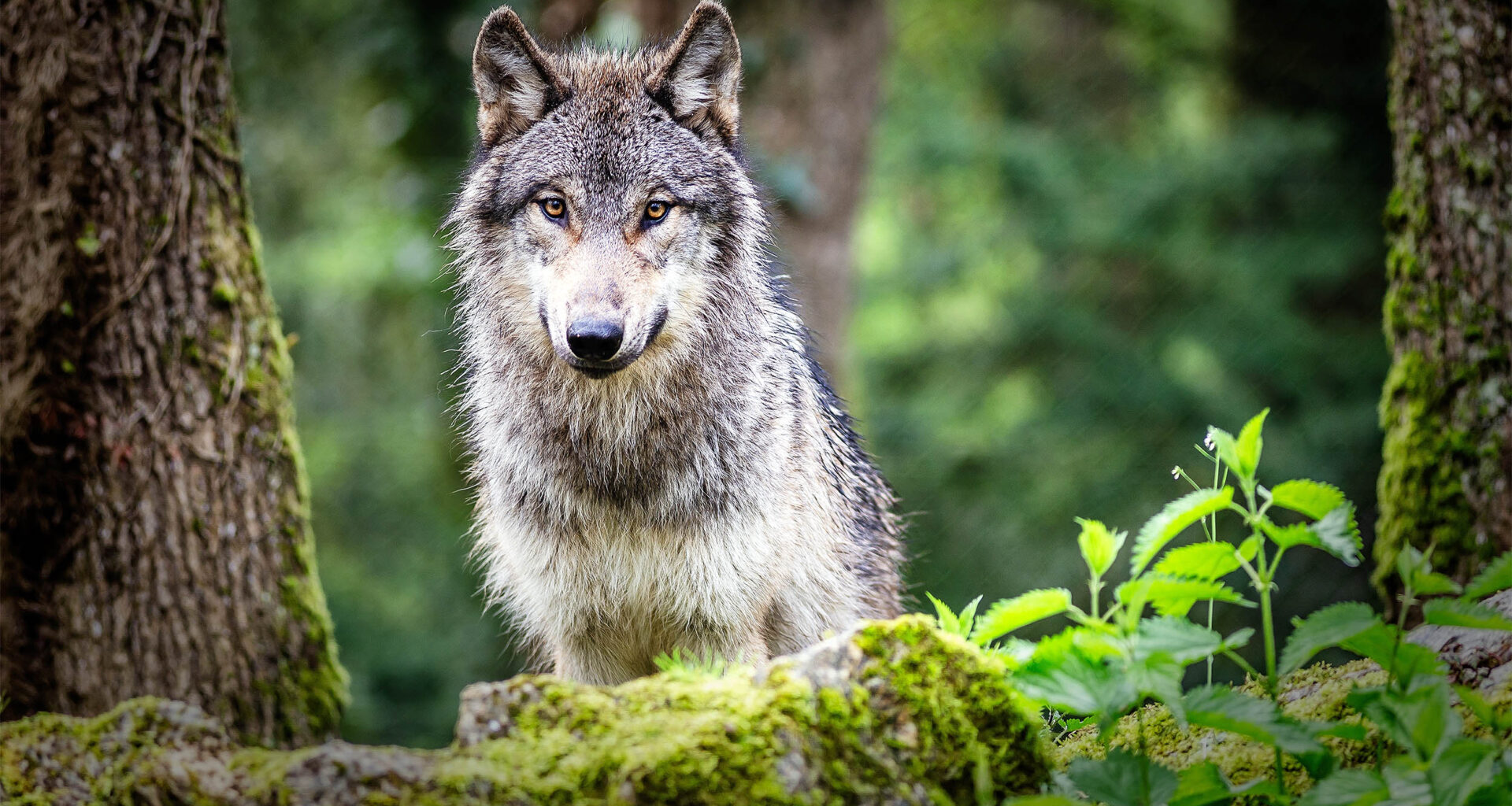A large field experiment across 425 square miles in northern Poland shows a simple truth. Wolves fear humans more than anything else they encounter during their lives.
Researchers hid camera and speaker units in the forest and let wildlife trigger them. Calm human voices made wolves bolt more than any other sound.
Studying human impact on wolves

Lead researcher Liana Zanette from Western University, along with other colleagues, designed the test to measure fear, not curiosity. The team compared reactions to humans, dogs, and harmless bird calls.
This was a playback experiment, a test that uses recorded sounds to probe behavior. Units triggered at about 33 feet and captured whether animals ran and how fast they left.
Wolves and their prey were tested hundreds of times across 24 forest road intersections. The study reports that wolves ran from human voices more than twice as often as they did to controls.
Prey told the same story. Deer and wild boar fled more often and cleared out faster when they heard people speaking.
Why wolves fear humans
Humans act as a super predator, hunters who kill adult prey at unusually high rates. That global survey showed people kill prey far more intensely than other predators.
Other experiments echo the same pattern. In California, pumas abandoned kills when they heard humans, not dogs.
Those findings help explain why wolves treat human speech as an urgent danger. Evolution rewards caution when the cost of a mistake is death.
Nocturnality helps them stay safe
The team also tracked activity through night and day. Their data show that wolves are far more active at night where people use the woods by day.
That shift is a classic sign of nocturnality. A continental analysis found wolves become daytime-active only where human disturbance drops.
In this new experiment, wolves and their prey were all more nocturnal than people in the same landscape. Human schedules press both predator and prey into the dark.
That squeeze matters for energy budgets, hunting chances, and stress. It also concentrates animal movement at night, altering how ecosystems function.
Myths about humans and wolves
Recent political debates suggest wolves are losing their fear of people. The European Commission’s official report summarized rising encounters while weighing legal changes.
“On average across the EU, during the period when wolves were strictly protected, they were legally or illegally killed by humans at 7 times the rate they die naturally,” said Zanette.
Fearlessness is not what the experiment found. The science points somewhere else.
When wolves show up near people, food is often in the picture. Researchers emphasize that fear is tied to risk and reward. Animals balance danger against calories, second by second.
Sightings are up, but not from boldness
Wolves have recolonized parts of Europe and North America after decades of absence. More wolves means more chances for people to see them, even when the animals are still wary.
Proximity can also reflect incentives we create. Human food subsidies, easy access to food from people, lure animals into risky places near homes and farms.
The new experiment helps separate myth from mechanism. Wolves run when they hear us, yet some still risk a foray if food is available.
That pattern aligns with other species under similar pressure. It shows fear can be strong and still be outweighed by a powerful reward.
Study’s design and conclusion
The team controlled the volume and onset of every sound. That let them test cognition, not just hearing, by standardizing what animals perceived.
Dogs were included because they can signal risk and share ancestry with wolves. Responses showed people were scarier than dogs, a pattern consistent with earlier tests on other mammals.
The side-by-side comparisons across the same sites tie the pattern to people. A single landscape produced a consistent, repeatable hierarchy of fear.
Those design choices matter for management. They rule out simple alternatives that rely on prey behavior alone.
Helping wolves and humans coexist
When fear is real, deterrents that mimic human presence can work in the short term. The stronger fix addresses why wolves come close in the first place.
The data point toward food management, not blame. Secure trash, protect livestock, and remove attractants so a hungry wolf has nothing to gain.
Better policies will match what the numbers say. They will treat wolves as fearful animals that sometimes make risky choices when food is on the line.
The study is published in Current Biology.
—–
Like what you read? Subscribe to our newsletter for engaging articles, exclusive content, and the latest updates.
Check us out on EarthSnap, a free app brought to you by Eric Ralls and Earth.com.
—–
